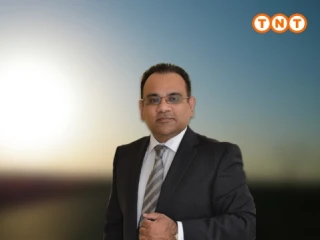/case-de_lijn-Website-720x360-(1).webp?mode=autocrop&w=320&h=240&attachmenthistoryguid=eb7cccf4-1814-417e-8c5d-e13c50678c63&v=&c=747dcb50d55c1b04fb1f8d3bdc770017cbd6e99e7d81a79d195fc55daf1458c0)
De Lijn: a smarter cost model for smarter mobility
- professional services
- SAP
Mobility is one of the main contributors to a region’s economic health and the overall quality of life. In Flanders, public transportation company De Lijn has developed an ambitious vision to help tackle the region’s environmental and economic challenges. The finance team was closely involved in that process: a new cost model will provide increased insights and transparency and, as such, pave the way for increased accessibility.

/case-Ecuphar-Website-720x360-(1).webp?mode=autocrop&w=320&h=240&attachmenthistoryguid=942127a5-bc57-4a2c-a376-59171942ca11&v=&focusX=467&focusY=159&c=2ed7d67b9c432ef7dee2c5ebc616eedcc75010d083e0e3e28d0a5235939ecb87)